We train educators to play a critical support role for students learning about and addressing inequity and injustice, both in and out of the classroom.
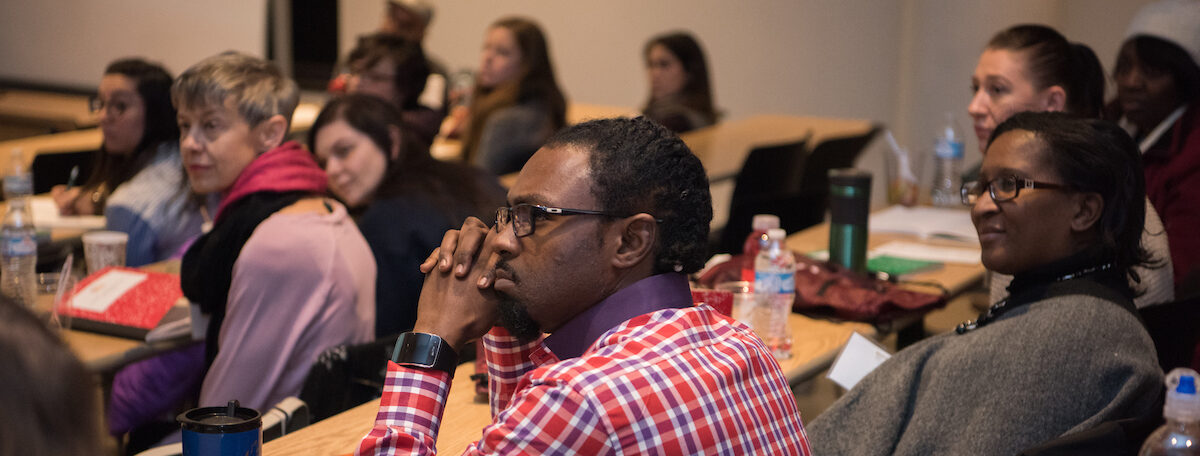
Jump to a section:
Defining Terms
- Equity: equity is fairness. To achieve equity, more resources
mayneed to be devoted to those who do not have access to them than to those who already do. (Dr. Gordon Nagayma Hall) - Equity literacy: a comprehensive approach for creating and sustaining equitable schools. The foundations of equity literacy are (1) a commitment to deepening individual and institutional understandings of how equity and inequity operate in organizations and societies, and (2) the individual and institutional knowledge, skills, and will to vigilantly identify inequities, eliminate inequities, and actively cultivating equity. (Paul Gorksi / Equity Literacy Institute)
- Culturally responsive teaching: pedagogy that recognizes the importance of including students’ cultural references in all aspects of learning. (Gloria Ladson-Billings) or, alternatively: pedagogy that builds the learning capacity of the individual student. (Zaretta Hammond)
- Culturally sustaining pedagogy: teaching and learning that seeks to perpetuate and foster linguistic, literate, and cultural pluralism as part of the democratic project of schooling and as a needed response to demographic and social change. CSP takes dynamic cultural and linguistic dexterity as a necessary good, and sees the outcome of learning as additive, rather than subtractive, as remaining whole rather than framed as broken, as critically enriching strengths rather than replacing deficits. (Dr. Django Paris)
- Abolitionist teaching: tries to restore humanity for kids in schools. Abolitionist teachers are willing to put their reputation, home, and lives on the line for other people’s children. Abolitionist teachers work to eliminate (abolish) systems of oppression inside and outside of their school environments. (Dr. Bettina Love)
- Social justice: full and equal participation of all groups in a society that is mutually shaped to meet their needs. A vision of society in which the distribution of resources is equitable and all members of a space, community, or institution, or society are physically and psychologically safe and secure. (Maurianne Adams and Lee Anne Bell)
Why Teaching for Equity and Social Justice Matters
Chances are since you’ve ended up here, you don’t need much convincing. But, just in case, here are some statistics that reinforce why teaching for equity and social justice matters (all statistics provided by the National Center for Education Statistics unless otherwise noted):
- In 2018, 18% of children under the age of 18 were in families living in poverty. Low-income students are five times more likely to drop out of high school than those who are high-income and 13 times less likely to graduate from high school on time.
- In fall 2017, the percentages of students who attended “high poverty” public schools were highest for Black and Hispanic students (45% each), followed by American Indian/Alaska Native students (41%). The percentage of students who attended high-poverty public schools was lowest for White students (8%).
- Black students who were matched with a Black teacher in kindergarten were as much as 18% more likely than their peers to enroll in college. (U.S. News and World Report) In school year 2017-18, 15% of students in public school were Black, but only 7% of teachers were Black.
- Dropout rates remain highest for Native/indigenous students, with almost 1 in 10 dropping out before graduation.
- During school year 2017-18, 16% of students served under IDEA (Individuals with Disabilities Education Act) dropped out before graduating, and another 10% received an alternative certificate instead of a high school diploma.
- 75% of transgender youth feel unsafe at school, and those who are able to persevere had significantly lower GPAs, were more likely to miss school out of concern for their safety, and were less likely to plan on continuing their education. (GLSEN)
- In 2018, school districts serving the largest populations of Black, Latinx, or Native students receive roughly $1,800, or 13%, less per student in state and local funding than those serving the fewest students of color. For a school district with 5,000 students, a gap of $1,800 per student means a shortage of $9 million per year. (The Education Trust)
- 87% of state history standards include no mention of Native American history after 1900, and 27 states don’t mention Native Americans in their K-12 curriculum. (National Congress of American Indians)
Local Actions to Advance Equity and Social Justice in Your Classroom and School
- Learn about culturally responsive teaching as well as culturally sustaining pedagogy, and enact change in your pedagogy. Start with The Dreamkeepers by Dr. Gloria Ladson-Billings, the mother of culturally responsive pedagogy theory. Add to this Culturally Responsive Teaching and the Brain by Zaretta Hammond and Culturally Sustaining Pedagogies: Teaching and Learning for Justice in a Changing World, edited by Djanjo Paris. Look for an upcoming training session from Zaretta Hammond to dig deeper, and join the Facebook group Ready4Rigor. Most importantly, use these tools and training to deeply reflect on your pedagogy and curriculum, and work diligently to make the needed changes. Look critically at the performance of your students across racial backgrounds, without casting judgment. If students of color are not achieving and succeeding in your classroom, what needs to change in your approach?
- Engage your colleagues in a social justice book club, to have a community-wide approach to improving and striving for equity and social justice in your building. Read and learn from educator Hayley Breden on her experience starting a social justice study group for teachers. Ensure there is dialogue, engagement, action, and accountability throughout the process. We have several recommended books below on this page, if you need a place to start.
- Work to include and engage parents and caregivers from all backgrounds in their children’s education. Does your school provide school communications is more than one language? Is on-site childcare provided when parents are invited to the school building? How accessible is your building for the disabled or for those who use public transportation? What times are you expecting parents to show up, and how does this impact parents or guardians who work non-traditional hours? Some of these considerations cost money to address properly, yes, but grant funds from community foundations or other organizations may be available to close any funding gaps. Start by surveying and asking parents and caregivers what they need through a variety of channels, conduct the research, uncover the barriers to parent participation and communication, and work with your administration for full inclusion. Learning for Justice provides a deeper dive into how to approach family engagement for anti-bias education.
- Technology is becoming an increasingly necessary component to education (especially during a pandemic), yet almost 12% of students nationally do not have home internet access or computers. (National Center for Education Statistics) What support is your school providing to students who need technology assistance, and how is this being executed practically? Ensure technology does not contribute to inequity in your classroom and building. If you are finding inequity — don’t accept it, work with administration on a plan to address it.
- Join the #ClearTheAir Twitter community, which hosts chats most Wednesdays at 7:30pm ET / 4:30pm PT. This community is a group of educators who believe (a) community, learning and dialogue are essential to our personal and professional development; (b) we have the power and responsibility to lay the foundations necessary to create a more just and equitable society; and (c) education is a vehicle for social change. The initiative was founded by Val Brown, an anti-bias professional development facilitator. And if you’re not already on Twitter — join! There is a wide community of educators there to connect with and learn from.
- English / Language Arts teachers and curriculum designers: look into the #DisruptTexts movement, a crowdsourced, grassroots effort by teachers for teachers to challenge the traditional canon in order to create a more inclusive, representative, and equitable language arts curriculum that students deserve. This group also engages in a Twitter chat, though not in real-time, so educators can post throughout a given week. New prompts are posted each Monday morning at 8am ET. Learn more about how to participate here.
- Does your school use study hall, suspensions and expulsions to handle conflict? Look into restorative justice as an alternative model for discipline that is grounded in community, mediation, and student leadership. Learn more about restorative justice, as well as the “pushout” of Black girls from the education system, in this TED talk from Dr. Monique Morris. Attend training sessions from experts in the field (we can recommend some) and engage your administration in a conversation on changing the way discipline is handled in the building. Note enacting this kind of change takes buy-in from everyone to work, and it also takes significant time and guidance from those who have done it before. Use your voice to persuade others to re-imagine what a just discipline system looks like in your building.
- Support students looking for a faculty advisor to sponsor their clubs and extracurricular activities, especially if they want to start an anti-oppression or social justice club. Don’t underestimate the power of lending your time and support to students looking to make positive change within your school. YCD provides a free guide to help you and student leaders get a new club started, as well as a guide for existing clubs to grow and thrive.
- Purchase a copy of Planning to Change the World: A Plan Book for Social Justice Educators. This guide is designed to help educators translate their vision of a just education into concrete activities, and can be a valuable resource throughout the year.
YCD Workshops on Teaching for Equity and Social Justice
Below are example workshops YCD has hosted in the past through our conferences for students and educators; contact us to request more information or connect with a presenter.
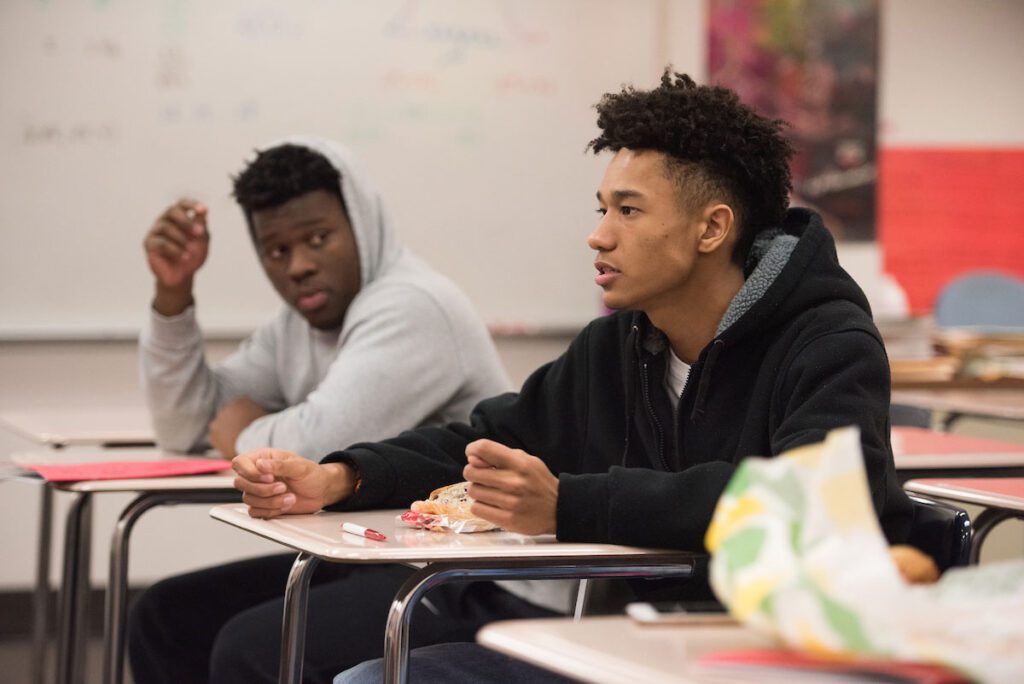
Breaking the Chains: Engaging Young Men of Color in School
In this student-led workshop, the Student Board of Education/5280 Challenge team from the Denver Center for International Studies will help participants reflect upon the status of young men of color in schools, as well as share and develop strategies to engage them. Young men of color, particularly African American and Raza male students, are often absent from leadership roles in school, find themselves alienated in classes, and are targeted for harsh disciplinary practices. Each group of participants will develop ways to address this problem in schools. All of us means ALL of us.
Presented by students from Denver Center for International Studies (DCIS), Denver, CO
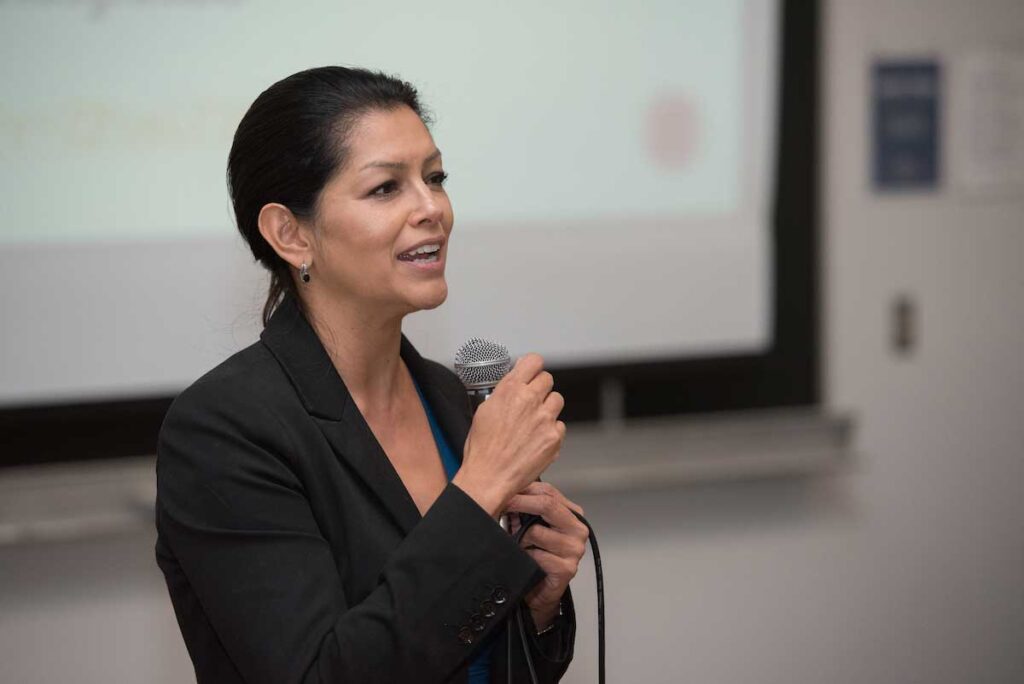
Culturally Responsive Teaching 101
Are you unsure how to apply culturally responsive teaching methods to your lessons, or why it’s even important? Join Dr. Maria Salazar as she uses her experiences as a student, educator and now professor to demonstrate the value of culturally responsive teaching. Dr. Salazar will also provide several examples of culturally relevant lesson plans from a variety of content areas—math, social studies, foreign language and more—to inspire you.
Presented by Dr. Maria Salazar, University of Denver, Denver, CO
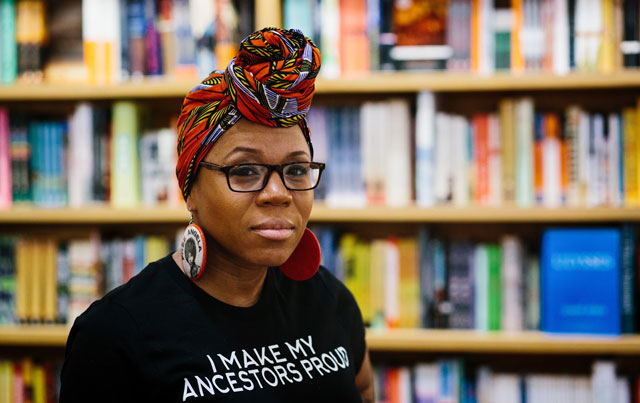
The Intersection of Literacy and Culturally Responsive Teaching
How can we use literacy and books to engage students in culturally responsive ways? This session, led by teacher-librarian Julia Torres, examines the ways educators can support literacy development, improve engagement, and honor students’ racial and cultural identities, all at the same time.
Presented by Julia Torres, virtual session
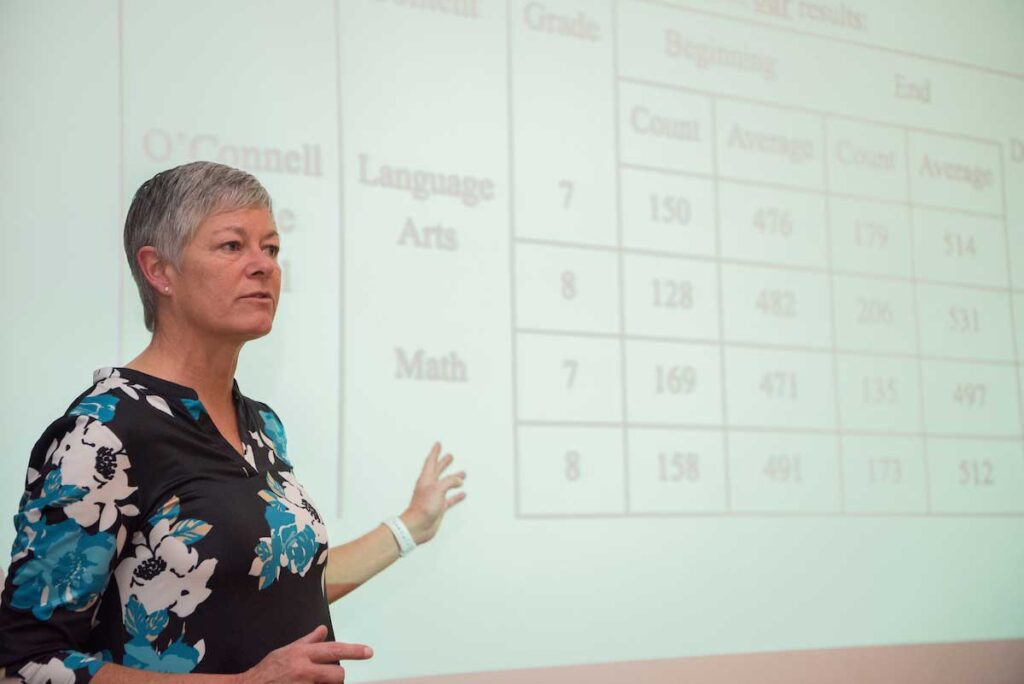
Restorative Justice: Closing the Equity Gap
We will practice a community building circle, and discuss the unique and dynamic ways circles are used in schools to change climate and culture. You will then do a brief activity that demonstrates the influence of perspective. You will learn how restorative practices eliminate the power differential between people, which creates equity in conflict and discipline situations. The training is interactive, relevant, and fun.
Presented by Jennifer Gallegos and Jennifer Kirksey, the RJ Solution, Denver, CO
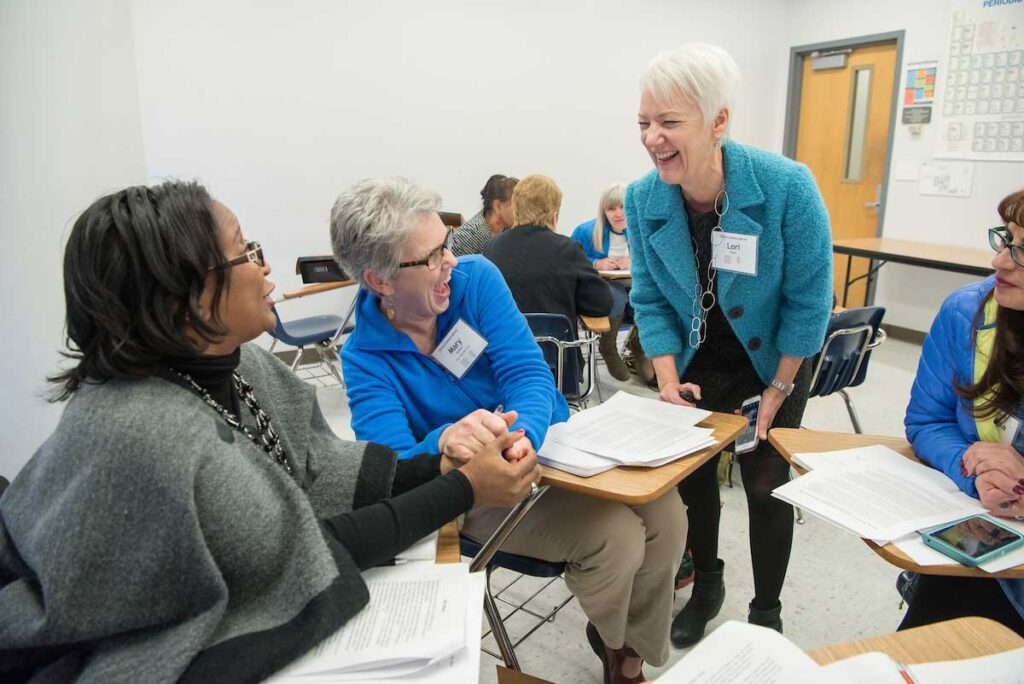
Teaching Controversial Topics in the Classroom
In an increasingly polarized society, teachers may be hesitant to address or bring controversial topics into their lesson plans for fear of retaliation by parents, school administrators or others. Discussion of controversial topics in the classroom is necessary for students to explore and address the social issues in their worlds, as well as their schools, and to bring youth-generated solutions to these problems. This workshop provides strategies you can use to bring controversial subjects in your classroom while ensuring they are presented in an even-handed manner that will resonate with students, parents and administrators regardless of their political beliefs.
Presented by veteran educator Lori Mable, Denver, CO
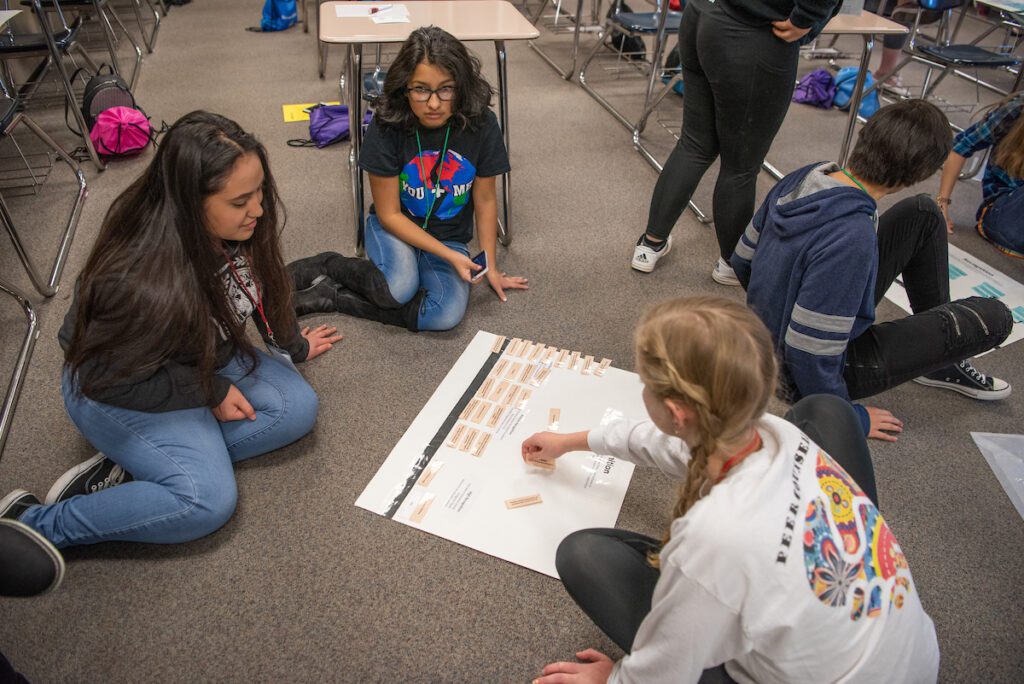
We Hold These Truths: How Diverse and Inclusive is Your US History Curriculum?
US History classes across the country vary widely in the content, curriculum, and events they include and exclude. Often, it’s up to students and teachers to take initiative to teach and learn accurate, inclusive history courses in which our country’s history is not sugar-coated and people of all races and backgrounds are represented. In order to fully understand our present, students must gain a full understanding of our nation’s past, no matter how uncomfortable learning that history may be. This workshop, led by a history teachers and students, will help high school students stretch their learning beyond the textbook to make sense of our past and present. We will analyze our own history class experiences and then identify and develop plans for learning and teaching a more inclusive US History curriculum.
Presented by students and educator Hayley Breden, Denver South High School, Denver, CO
Education Leaders Who Inspire Us
Here’s a list of folx who are leading the conversation on teaching for equity and social justice today, whether on the local or national level. They inspire and inform our work. Follow them on social media, or seek out opportunities to hear them speak to dig deeper on these issues.
Who inspires your teaching? Share your points of inspiration with us on Twitter:
.@ycdiversity My approach to teaching for social justice is inspired by
Tweet
Videos Addressing Educational Equity and Social Justice
Here are publicly available TED talks and videos that address educators working on equity and social justice issues.
Equity and Social Justice Books for Educators
This list is for teachers, educators and adults looking for guidance on advancing equity and social justice within the classroom or school system. You can find free e-books or your local library using OverDrive.com.
Podcasts on Teaching for Equity and Social Justice
Here is a list of recommended podcasts you can download and follow to explore educational equity and social justice work in more detail.
Organizations Advancing Educational Equity and Social Justice
YCD partners with numerous organizations to offer education and trainings for educators on equity and social justice. Below are some of these groups; we encourage you to look into what services, resources and information they can offer for a deeper exploration of these issues.
National Organizations
BARWE (Building Anti-Racist White Educators) provides teacher-led inquiry-to-action groups, summer book clubs, and monthly meetings for white educators to develop anti-racist identities and practices. While organized by educators in the Philadelphia area, it is open to educators everywhere.
EduColor mobilizes advocates nationwide around issues of educational equity, agency, and justice. We amplify the works and ideas of students, educators, and communities of color through supportive on- and off-line networks and professional development.
Facing History and Ourselves uses lessons of history to challenge teachers and their students to stand up to bigotry and hate.
Learning for Justice provides free resources to educators—teachers, administrators, counselors and other practitioners—who work with children from kindergarten through high school. Educators use their materials to supplement the curriculum, to inform their practices, and to create civil and inclusive school communities where children are respected, valued and welcome participants. Their program emphasizes social justice and anti-bias.
Teaching for Change provides teachers and parents with the tools to create schools where students learn to read, write and change the world. By drawing direct connections to real world issues, Teaching for Change encourages teachers and students to question and re-think the world inside and outside their classrooms, build a more equitable, multicultural society, and become active global citizens. Their resources include a wide selection of multicultural and social justice books for children, young adults and educators.
The Western Educational Equity Assistance Center, based in Denver at Metropolitan State University, assists states, school districts, public schools (including charter and magnet schools), and Tribal Education Departments to plan and implement practices and policies that promote equity and high quality education for all students. They provide training and technical assistance on educational issues related to race, sex, national origin, and religion. At the request of education agencies, WEEAC partners with them to find solutions to a variety of equity problems. Their work is directed to closing achievement gaps, promoting safe schools, and helping all students reach high standards. WEEAC’s work covers the Western portion of the United States, including Arizona, Colorado, New Mexico and Wyoming.
The Zinn Education Project promotes and supports the teaching of people’s history in classrooms across the country. For more than ten years, the Zinn Education Project has introduced students to a more accurate, complex, and engaging understanding of history than is found in traditional textbooks and curricula.
Connecticut
The Anti-Racist Teaching and Learning Collective is building a community of youth organizers, students, teachers, and teacher educators committed to advancing anti-racist pedagogy, curriculum and practice within K-12 public schools in Connecticut.
Do you have a suggestion of an addition or resource for this page? Share your idea with us.
